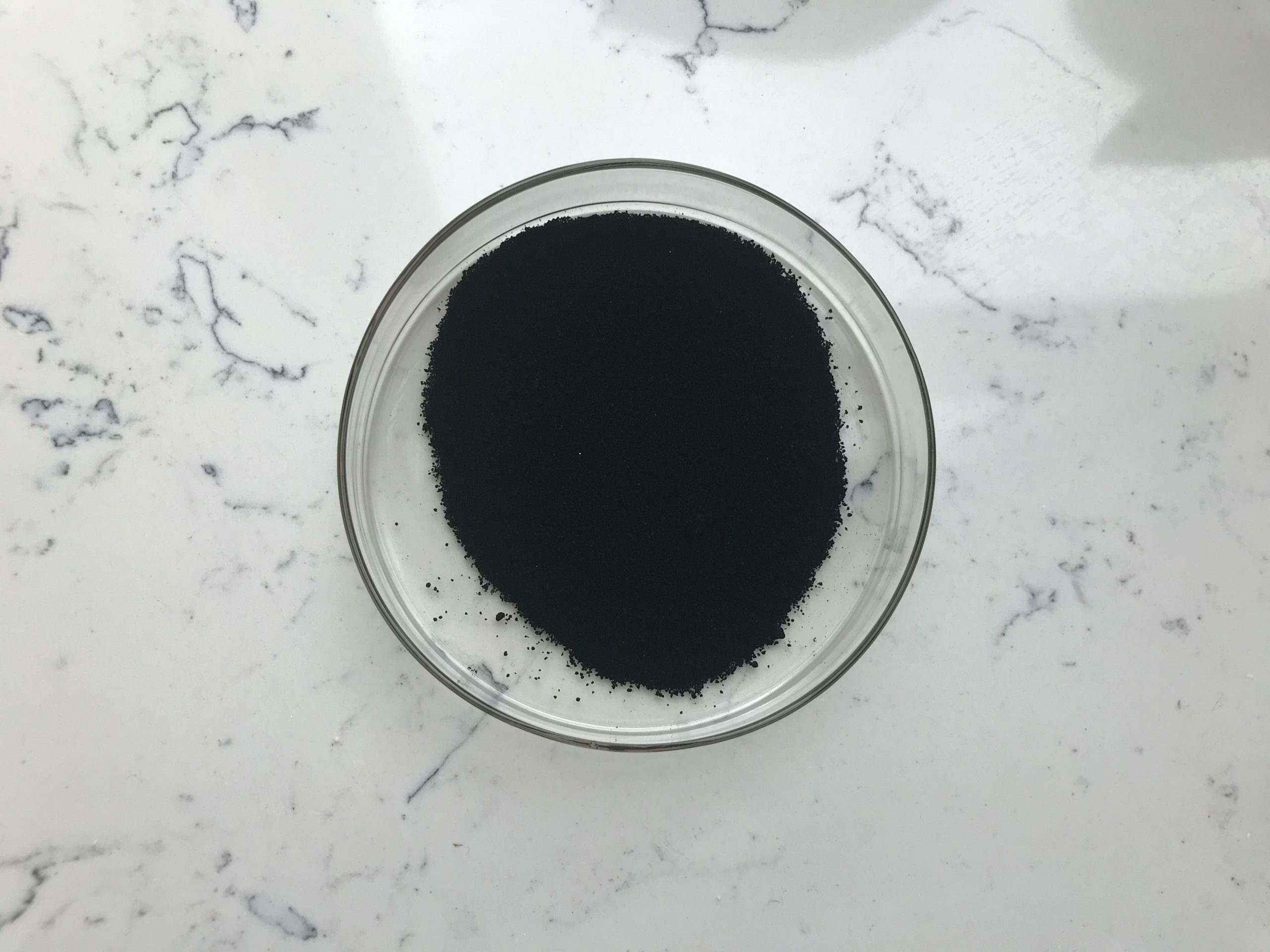Fullerene C60, also known as buckminsterfullerene or simply C60, is a unique carbon molecule composed of 60 carbon atoms arranged in a spherical structure resembling a soccer ball. It has gained attention for its potential applications in various fields, including medicine, materials science, and nanotechnology. However, it’s important to note that research on its effectiveness, side effects, and considerations is still ongoing, and the information available might have evolved since my last knowledge update in September 2021.

Effectiveness:
- Antioxidant Properties: One of the most studied aspects of C60 is its potential antioxidant properties. It’s suggested that C60 may have the ability to scavenge free radicals and reduce oxidative stress, which could have implications for various health conditions related to oxidative damage.
- Biomedical Applications: Fullerene C60 has been investigated for its potential use in drug delivery, photodynamic therapy, and imaging due to its unique structure and properties. However, the practical applications in medicine are still being explored, and more research is needed to establish its effectiveness.
- Energy Storage: Fullerene C60 has been studied for its potential use in energy storage devices, such as batteries and supercapacitors, due to its ability to store and release energy efficiently.
Side Effects and Special Considerations:
- Toxicity: The safety of C60 is a topic of debate and research. While some studies suggest that C60 might have low toxicity when administered in certain forms and dosages, others have raised concerns about its potential to generate reactive oxygen species and lead to toxicity when not properly functionalized or used at high concentrations.
- Solubility: C60 is not very water-soluble in its pristine form, which can limit its bioavailability and effectiveness for certain applications. Researchers have been working on developing methods to enhance its solubility and biocompatibility.
- Long-Term Effects: Because of the novelty of Fullerene C60 and the limited amount of long-term studies, the potential long-term effects of exposure or use are not well understood. Caution is advised when considering its use for health-related applications.
- Dosage and Administration: If used in a medical context, the appropriate dosage and administration route need to be carefully determined through rigorous research. Self-administration without proper guidance is not recommended.
- Regulation: The regulatory status of C60 may vary depending on its intended use and the region. It’s important to ensure that any products or applications involving C60 comply with relevant regulations and standards.
- Allergies and Sensitivities: As with any substance, individuals may have allergies or sensitivities to C60. If you’re considering using products containing Fullerene C60, it’s advisable to consult with a medical professional, especially if you have any pre-existing health conditions.
It’s important to emphasize that research into the properties and applications of C60 is still ongoing, and new findings may emerge that could influence our understanding of its effectiveness, safety profile, and best practices for use. If you’re interested in using C60 for a specific purpose, it’s recommended to consult with experts in the field and stay updated on the latest scientific literature.
